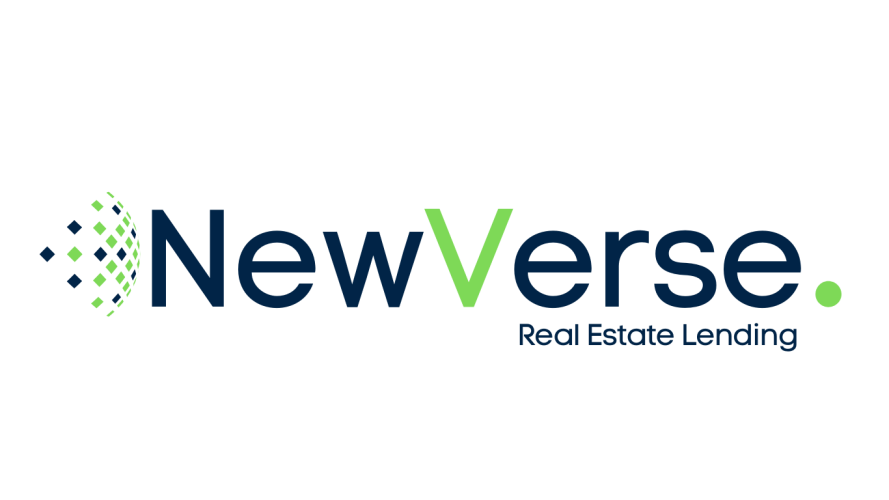Tariffs are significantly impacting the global economy, particularly the housing market. Understanding these consequences is vital for anyone engaged in real estate lending, developers, or investors. Tariffs create waves that impact the affordability and availability of homes as they alter supply chains, labor costs, and building supplies. This post will guide you through the adjustments if you want to make wise choices regarding rental property financing, real estate development funding, or property investment loans.
We’ll examine how tariffs affect the housing market, what they mean for real estate investment financing, and how you may adjust to remain ahead. Whether you are a developer or an investor, knowing the full range of tariff impacts can help you control your future projects.
What Are Tariffs, and How Do They Impact the Housing Market?
Tariffs are imposed on commodities brought into the country. The U.S. government’s tariffs on steel, aluminum, and lumber affect the price of constructing homes and commercial buildings. Higher material prices drive homebuilders to increase or lower profit margins.
The outcome for investors means more expensive construction and lower ROI. For homebuyers, tariffs could increase property prices, lowering affordability and possibly impeding housing market expansion.
Real estate financing becomes increasingly important in a cost-increasing environment to guarantee that investors may still finance development initiatives without compromising profitability.
Rising Construction Costs and the Impact on Home Prices
Builders suffer more costs as tariffs drive up the price of building materials. This leads to either fewer affordable housing choices or more expensive homes. For investors and developers, the process entails changing plans to consider rising expenses. Sometimes, developers could postpone projects or reduce their goals to fit rising material expenses.
Monthly mortgage payments and rental rates reflect the impact of these hikes on renters and buyers. Higher prices can make home ownership unattainable for many, affecting the general housing market.
Without a strong, well-researched business plan, property investment loans might be more difficult in the present climate. This issue underlines the need for investors to cooperate with lenders who understand the evolving property market scene.
How Tariffs Impact Labor Costs and Supply Chains
Tariffs impact labor expenses and materials. Rising material prices increase the price of labor. Wage rises and labor shortages add more pressure to the housing market, increasing developer costs and delaying building schedules.
This translates into longer timeframes and higher costs for real estate developers, thereby affecting their profitability. Commercial real estate loans could become more competitive, and guaranteeing your project’s financial viability is more crucial than ever.
The Effect on Financing of Real Estate Investments
For real estate investors, the tariff-induced rise in expenses can influence real estate investment finance. Lenders may tighten terms due to increased construction costs and extended project timelines.
Investors, therefore, have to change their funding plans. Funding for real estate development for new projects could call for higher interest rates, tighter requirements, or more rivalry for constrained resources. Therefore, lenders must consider these changing market circumstances when arranging business loans or financing rental properties.
Tariffs and Their Long-Term Consequences for the Housing Market
Several elements will determine how long-term tariffs affect the housing market: the length, changes in the global supply chain, and government policies. However, these elements will still influence the market for many years.
Real estate developers’ constant struggle with cost control will probably lead to a change toward more efficient building techniques or substitute materials. On the other hand, property investment loans might increase demand as investors seek to benefit from the evolving environment.
How to Adopt to Housing Market Tariffs
Adapting to tariff-related changes as an investor or developer means being knowledgeable and adaptive. Here are some strategies to negotiate the market:
Invest in various markets less impacted by tariffs to reduce risk.
- Diversify Investment: Diversify into markets less affected by tariffs to mitigate risk.
- Negotiate with Suppliers: Work with suppliers to lock in prices or find alternative materials.
- Adjust Financial Plans: Rework your financial model for increased material and labor costs.
- Consider Prefabrication: Use prefabricated components to reduce reliance on high-tariffed materials.
- Partner with Lenders: Seek real estate lending partners who understand the impact of tariffs on construction costs.
Staying flexible will help you succeed even in a volatile economy.
Tariffs and the Future of the Housing Market
Tariffs are still causing the world to struggle; hence, the housing market will continue to change in price, availability, and general market dynamics. Real estate developers and investors may maintain a competitive edge and remain successful by being proactive and knowledgeable.
Looking forward, the capacity to negotiate these shifts will be vital. Making wise choices requires knowledge of how tariffs affect financing for rental properties, commercial real estate loans, and investment funding.
Navigate Tariff Impacts with NewVerse Capital’s Expertise
Are you prepared to remain ahead of tariff-related market changes? Work with NewVerse Capital now to receive expert real estate development financing and advice on securing property investment loans tailored to your financial goals. With our comprehensive understanding of the current real estate market, we are ready to assist you in achieving your objectives.
Frequently Asked Questions (FAQs)
How do tariffs affect the housing market?
Tariffs on materials like steel and lumber can greatly increase the price of building. Rising prices for building materials raise the total cost of constructing houses. Such an increase usually leads to additional costs for new houses, which makes it more difficult for consumers to buy homes, particularly in markets already experiencing low supply.
How does increasing building costs influence real estate development?
Rising construction prices brought on by tariffs make life more difficult for developers. Higher material prices raise the cost of constructing new commercial buildings or houses. Developers could have to change their project plans—maybe postponing construction, reducing project scope, or raising pricing to offset the extra expenses. These changes could make new projects less profitable and take longer to implement, which could turn off new initiatives.
Will tariffs increase homebuyer housing costs?
Certainly, tariffs raise the cost of resources like wood, steel, and concrete, driving up construction costs for builders. Companies, therefore, often pass on those higher costs to customers, driving up the cost of homes. Continuing tariffs can also impact the housing supply, complicating the search for reasonable substitutes for purchasers.
In what ways do tariffs affect rental property prices?
Tariffs could influence your payment if you are a tenant. Higher building costs imply landlords maintaining existing buildings or constructing new ones could raise rent to offset their growing expenditures. This is particularly true in places with many new projects, where building expenses have a more direct impact on rental homes.
How can rises in price connected to tariffs influence funding for real estate investments?
Higher building expenses increase investors’ financial risk. Lenders could tighten loan criteria or increase interest rates to balance these dangers. Investors may also have to pay more for loans, limiting their ability to fund new projects under the same conditions as before the tariffs. This change might hasten the rate of new real estate development investments.
How will the demand for housing change with rising costs from tariffs?
Tariff-related higher home prices can significantly lower demand in the entry-level and middle-market housing categories. Those on set budgets or first-time purchasers might be priced out of the market. Should affordability be a concern, people would decide to rent longer, and the need for rental homes might increase. For developers, such an outcome can imply changing tactics to fit certain demographics or reconsidering their target audiences.
How can real estate developers manage the impact of tariffs?
Rising material prices have numerous effects that developers can control. One strategy is to bargain with vendors to set prices before tariffs are imposed. Developers may also look for less expensive replacement materials free of tariffs. Developers may also need to alter their project timelines or budgets; in some cases, they might have to rethink the sort of commercial real estate or housing they are building to be more affordable.
Will tariffs also have an impact on commercial real estate projects?
Certainly, tariffs affect commercial real estate projects as well. Like residential buildings, commercial properties depend on steel, concrete, and glass materials. If tariffs increase the cost of these goods, commercial builders might have the same challenges as residential ones. Increased construction costs would drive them to raise rental prices, complicating matters for businesses seeking to acquire new commercial space.
How do tariffs influence building schedules for new houses?
Tariffs can hasten the building process. Delays are usually unavoidable when material costs increase or supply chains are affected by tariffs. Materials may take longer to arrive, prolonging developers’ building schedules. Such delays can cause new homes to be delayed on the market, complicating it even more for purchasers to locate available properties, particularly in locations already suffering housing shortages.
How can real estate investors protect their profits from tariff impacts?
Real estate investors can take many steps to protect their assets in the face of rising tariffs. Investing in places or markets less affected by tariff-related price increases helps individuals balance their portfolios. Long-term contracts with suppliers or other material sources will also help balance the impact of increased construction costs. Investors should keep up with the changing tariff situation and modify their financial plans to stay profitable.


